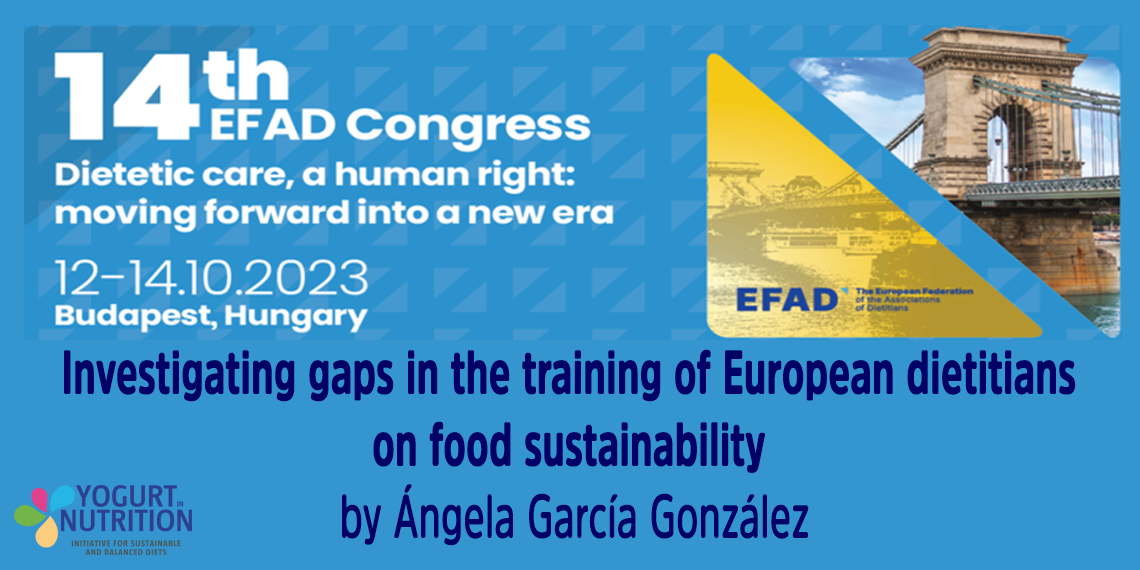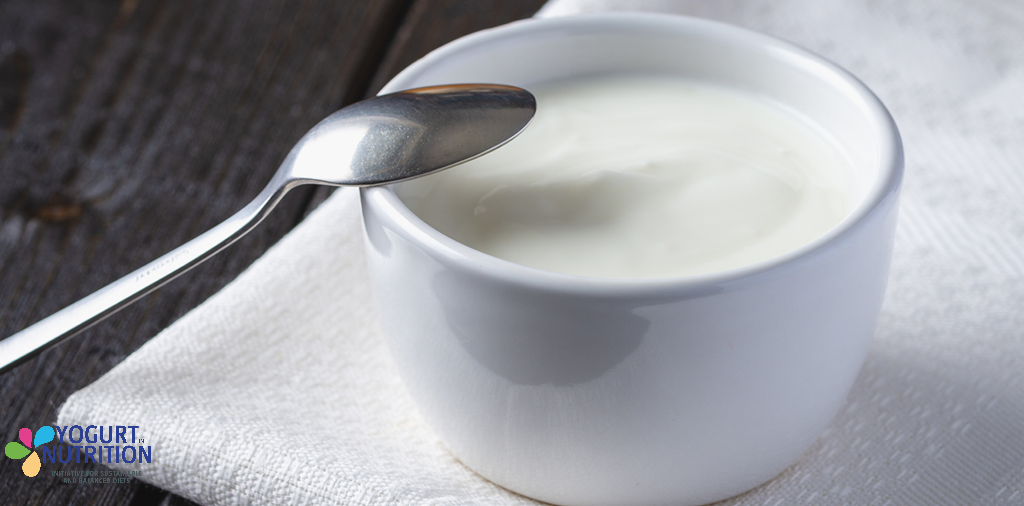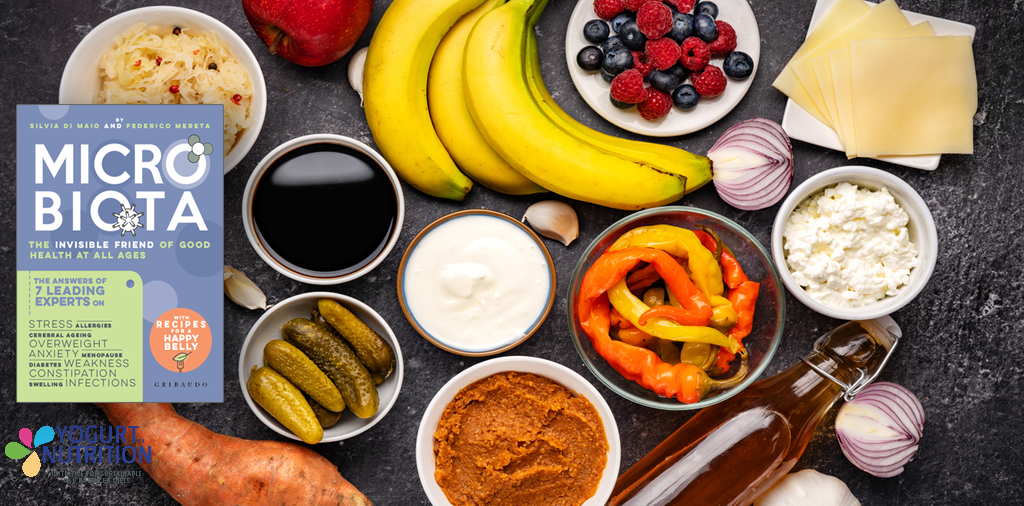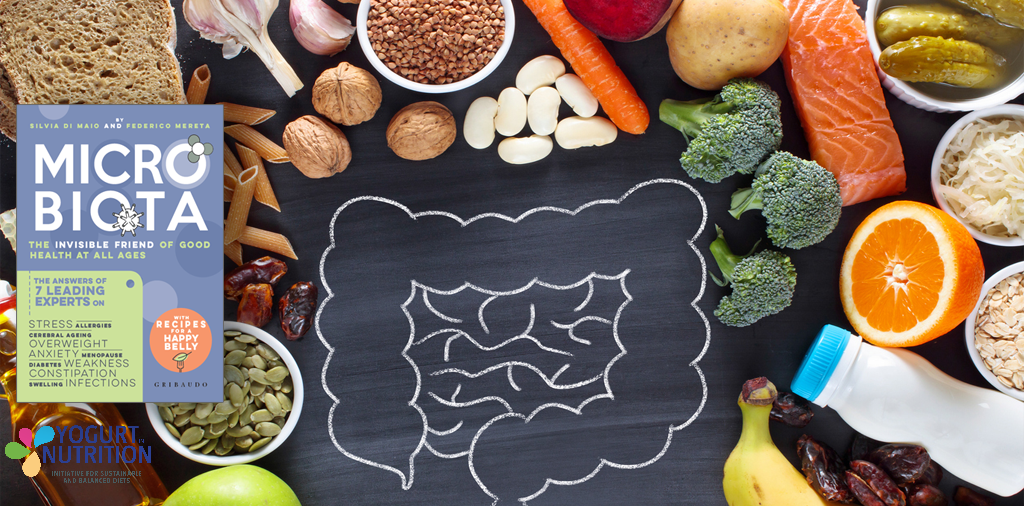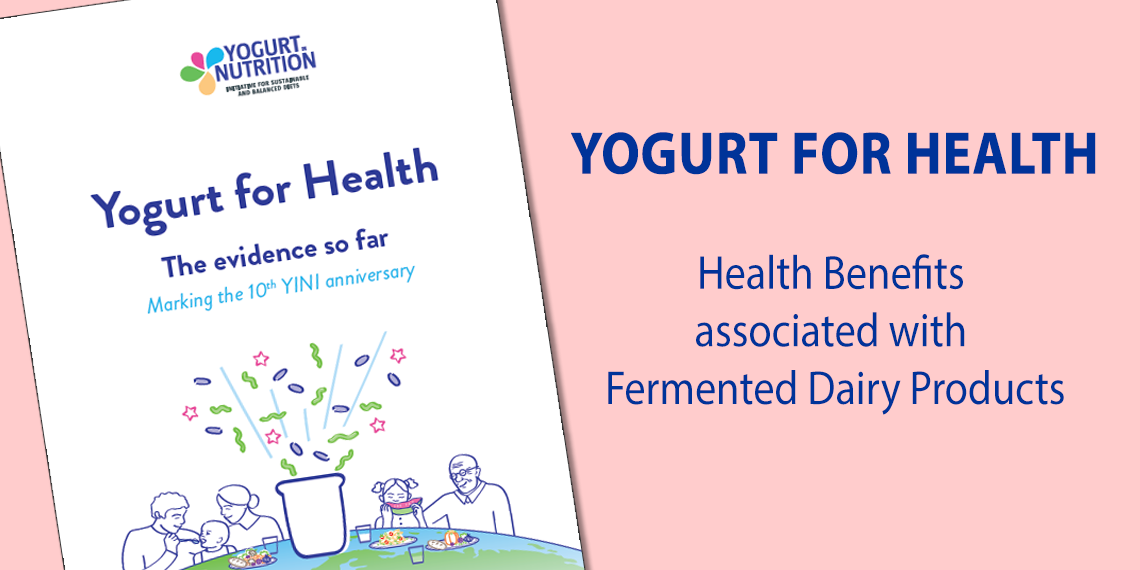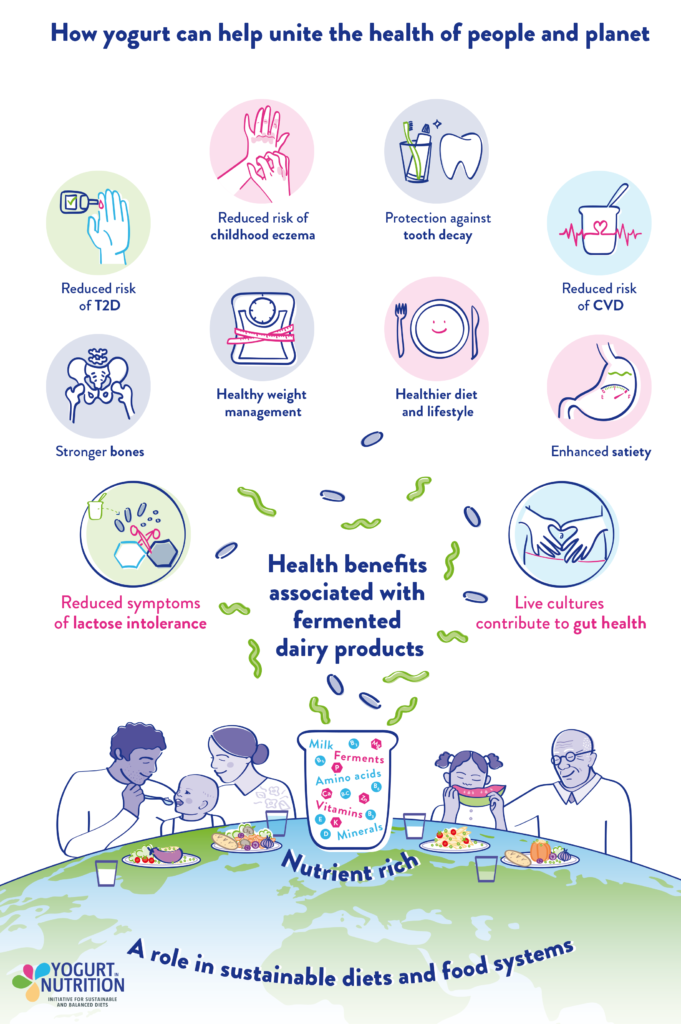In October 2023, the 14th EFAD (European Federation of Association of Dieteticians) Congress was the occasion of exchange and networking around nutrition. We were there to share with you some topics.
Ultraprocessed foods
Ultraprocessed foods (UPF) as defined by the NOVA system are in the center of public health policy discussion, as a measure to reduce availability of unhealthy foods.
This analysis aimed to map UPF availability in the modern supermarket and the link to nutritional composition.
All foods available in the Hellenic Food Thesaurus (n=4423) were categorized from minimally processed (NOVA1) to ultra-processed (NOVA4) in two ways, firstly based on their product name and description and secondly based on the manufacturer type and detailed ingredient list. The Nutri-Score algorithm was used to assess nutritional quality of foods in a 5-tier scale from A to E. Statistical analysis was carried out to detect differences in the Nutri-Score distribution among the NOVA categories based on the mode of food classification.
Based on the product name, 48.5% of yogurts were classified as NOVA1 and 48.5% as NOVA4. Regarding Nutri-Score, 49.4% of yogurts was graded as A, 38.4% as B, 12.2% as C, while no yogurt was graded as D or E. In vegetables, 37.5% were classified as NOVA1 and 16.5% as NOVA4, based on the products name. In contrast, based on the ingredients list, 71.5% of vegetable products were classified as NOVA4. 93.1% of the vegetable products were graded as A or B by the Nutri-Score algorithm. 100% of sausages and meat dishes are classified as NOVA4, while the distribution of Nutri-Score ranges from A-E for sausages and from A-D for meat dishes.
Key messages:
- UPFs as defined by NOVA are abundant and dominate the modern supermarket
- UPFs can be found in every food group and are not exclusively linked with poor nutritional composition
- The study of UPFs, their dietary contribution and health effects, requires modern food composition databases linked to epidemiological surveys
Learn more with Antonis Vlassopoulos
Can you introduce yourself?
I am Antonis Vlassopoulos. I am a dietitian by training, and I’ve done my Ph.D. on obesity, nutritional biochemistry. I have worked for the National Research Center on Food Policy. And from there, I moved back to academia. I’m based in Greece, and I work in the Agricultural University of Athens on food policy and food composition databases.
You talked about this study during your presentation today. If you had to formulate one key challenge that it raised, what would it be?
I think the main thing that my study shows is that although we are given a definition of ultra processed foods and we have good data. It’s very difficult to act on the definition because it’s too technical to apply. And when you apply correctly, it covers 70% of the food you will find in the supermarket.
Do you think the problem is with the definition of UPFs?
I think that the definition could be improved in the sense that it covers a lot of things, all in one. And also, in Europe we have already gone through a nutritional transition. The food scale is very different to other countries.
Are there resources for dietitians to help them better advice their patients when it comes to UPFs?
Dietitians can talk about the formulation, about additives and whether you can include the products in the diet or not. I think we need to strengthen that. Unprocessed foods should be the primary choice, but we also need to tell the consumers that, within all ultra processed foods, they can find interesting products and they can check other aspects, in particular the nutritional composition.
One of the topics that we share with YINI is the opportunity of reformulation in the perspective to have a more sustainable healthy diet accessible to everyone. So how do you view reformulation?
The issue of the formulation is a difficult one. The best way to go about this, is to think about the recipe with adding fresh or whole ingredients, for example. We can reformulate existing products. Having worked in the food industry, the easiest way to achieve a better product is by adding new ingredients. For example, you can have a reformulation, without supplementing with fibers, but by adding oats or whole oats, for example. In that way, you can improve the product without changing the nutrient composition.
How are processed foods classified?
Several classification systems for processed foods have been developed to shape nutrition policy and food-based dietary guidelines. The NOVA classification system is most commonly used. It assigns foods to four groups based on how much processing they have gone through:
- Unprocessed or minimally processed – e.g., fresh, dry or frozen fruits or vegetables, grains, flours and pasta
- Processed culinary ingredients – e.g., table sugar, oils, salt
- Processed foods – e.g., cheese, simple breads, fruits in syrup, canned fish
- Ultra-processed foods – e.g., soft drinks, sweet or savoury packaged snacks, processed meat, and pre-prepared frozen or shelf-stable dishes
Find out more about NOVA and how certain foods such as yogurt can be good for you despite being classified as ultra-processed (8): see Food processing explained.
For more information, discover our publication Food processing explained, relaying the publication ” Salomé M, Arrazat L, Wang J et al. Contrary to ultra-processed foods, the consumption of unprocessed or minimally processed foods is associated with favorable patterns of protein intake, diet quality and lower cardiometabolic risk in French adults (INCA3). Eur J Nutr. 2021 May 8″.



